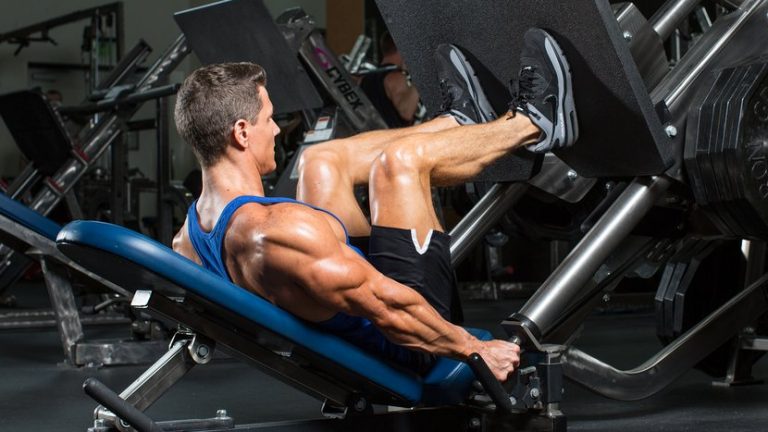


When you stretch your muscles before and after a workout, you're ensuring they remain strong, healthy, and most importantly, flexible. Most people understand why it's important to stretch, but don't realize why that's the case, especially when it comes to your hamstrings. Even in those cases of a minor strain, you might not feel it when you're moving around normally, but the minute you try to activate any of your hamstring muscles, you'll instantly experience debilitating pain. Most hamstring injuries are a result of straining the area where the muscles in the hamstring meet the tendons that connect your leg muscles to your hip muscles.ĭepending on the severity of the injury, it can often make even the most basic of movements - like walking - an absolute nightmare. It's that sharp pain you'll feel on the back of your leg, usually right around where your leg meets your buttocks. Types Of Hamstring InjuriesĪnyone who's ever "pulled" their hamstring can empathize with this miserable sensation. Those muscles are totally relaxed and aren’t ready to work, and then all of a sudden, they are put to work at peak capacity that's a formula for injury.
#Tuck jumps and hamstring strength full
Think about the strain on this admittedly difficult group of muscles in a situation where you've been sitting in a chair for a few hours, and then are asked to sprint full speed in a given direction. They're the muscles that are engaged when you want to make explosive movements like sprinting or jumping, but they're also the "brake pads" for your body, as they're integral for helping you slow down or stop those explosive movements.Īs these muscles are involved in moving a large amount of mass (i.e., your body) in a fast, explosive manner, they're very susceptible to injury when they're suddenly challenged in a way that overloads their capacity to work at that given moment. Think of your hamstrings as the "need for speed" muscles of your lower body. The importance of this muscle group should be rather obvious: they not only facilitate the range of motion where your legs connect to your hip, but also play an integral part in allowing you to bend your knees. All three of these muscles start at your pelvis (hip bone), and run all the way down the back of the upper leg, connecting to the top of your tibia and fibula (the bones right below your knee). Your hamstrings are made up of three muscles: the Semitendinosus, Semimembranosus and Biceps femoris. How Your Hamstrings Impact Athletic Performance It's important to note that you shouldn't feel any pain while doing this exercise. Try and go back and forth, switching arms and legs for at least five repetitions of each leg. Then, do the same with your opposite arm and opposite leg. Bring your leg back down, bring your outstretched arm back to your side.As you swing your leg upward, concentrate on swinging it just high enough to where you engage your hamstring muscle. As you swing your leg upward, your goal is to try and have your toes touch your outstretched hand it’s ok if it falls short.Swing your opposite leg forward in a kicking motion, while ensuring your knee does not bend and your leg remains fully straight when you swing your leg upwards.Stand upright, and stretch one of your hands out in front of you parallel to the ground (or ideally a few inches up from parallel, toward the ceiling).While you might feel a little bit like one of The Rockettes from the famous Radio City Music Hall, this dynamic standing hamstring stretch not only stretches your hamstrings but also helps with your overall hip mobility. We'll discuss five of our favorite stretching exercises to improve hamstring flexibility. That includes a variety of exercises to properly stretch and condition your hamstring for optimal use. Flexible hamstring will help to prevent injury and keep your muscles healthy overall.Īt every Gloveworx session, we devote time to stretching contenders’ muscles in a way that allows them to maximize their ability to train and properly recover. These muscles are more prone to various injuries that can keep you out of the studio much longer than you’d prefer. The muscles in your hamstrings are directly tied to the movements in your lower back, pelvis, hips, and legs, so it is imperative that you focus on stretching and strengthening them. Did you know that the “hamstring” isn’t just one muscle, but rather a group of muscles? And what exactly does this muscle group do, when it comes to training performance? When someone asks you to point to your hamstring, almost everyone can correctly identify it on their body.


 0 kommentar(er)
0 kommentar(er)
